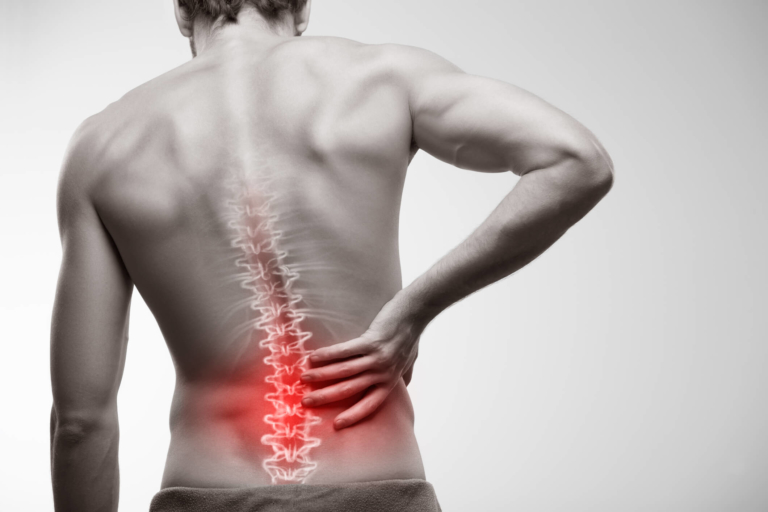
Chronic nonspecific back pain (CNBP) is a common and cost-intensive musculoskeletal syndrome in Western society. This condition is the most common cause of disability in North America, and according to statistics it accounts for 64% of new consultations at this pain clinic. It has a lifetime prevalence of up to 80%, and for example, in low back pain, high rates of repeated occurrence have been reported. The mechanisms underlying CNBP are manifold: Mechanical reasons are not the sole triggers, as it was demonstrated that 85% of all CNBP cases show no morphologic causes. There is international consensus that comorbidities such as mood and anxiety disorders are associated with higher levels of perceived pain, and psychosocial mechanisms are essential in the chronification of pain. Patients suffering from depression with comorbid pain show longer times to remission. Psychosocial factors such as avoidance behavior and anxiety are closely connected to depression. They are evidently more accurate predictors for the development of chronic pain compared with biographical or somatic determinants. It has been reported that 60% of chronic pain patients show manifest symptoms of depression. The prevalence of depression is three to four times higher in low back pain patients than in the general population.
Infrared Light Therapy
Pain relief with IR has been shown and studied for arthritis of the knee. Other beneficial effects documented are increased wound healing, blood flow, endorphin levels, and bioactivation of neuromodulators.
Infrared light promotes faster healing of deep tissues by penetrating the skin and improving the circulation of oxygenated blood in the body, thus relieving pain. Infrared light therapy can penetrate deeply so that it can help even harder to reach cells and tissues.
When infrared light reaches the smallest unit in our body, which are the cells, it is absorbed by the power generators of the cell, which are called mitochondria. This increases the cell’s metabolism, stimulating healing in the muscle, bone, skin, and subcutaneous tissue.
Improving the metabolism of the cells will increase blood flow. A vital component for this is the release of nitric oxide, a molecule that signals the blood flow when activated. Increased blood flow helps bring oxygenated blood and nutrients to different parts of the body, most especially to areas where there is pain. Aside from that, increased blood flow also paves the way for body wastes to be drained from the body faster. All these are crucial in the healing process, which reduces the inflammation and pain of the affected area.
Treatment
It is widely accepted that a multimodal approach is required in the treatment of CNBP. The incorporation of infrared light therapy may offer this combined intervention strategy — considering pain, psychosocial, and emotional factors and being cost-effective. Infrared light therapy has proved successful mainly in the treatment of mood disorders. It has also been of interest in the treatment of various other behavioral syndromes such as eating and circadian rhythm disorders and headaches. That infrared light therapy could effectively treat CNBP can most likely be explained by the fact that pain and depression have been shown to share similarities in pathophysiological pathways and the brain regions affected. Additionally, melatonin, which strongly depends on the light-dark cycle, contributes to pain control through antinociceptive activity on spinal and supraspinal levels. In fact, MT1 and MT2 melatonergic receptors play an essential role in pain regulation by reducing hyperalgesia and modulating inflammation.
How often should you use Infrared Light Therapy to alleviate pain?
The frequency of sessions will depend on your alignment and the severity. Clients with chronic pain who have regular weekly sessions find this helps manage their ongoing pain issues by staying ahead of the inflammation and helps proactively manage their pain. If the pain is temporary, then 2–3 sessions may be what you need.
If you are unsure, discuss your needs with our friendly staff, who will help you sort through what’s right for your needs.

